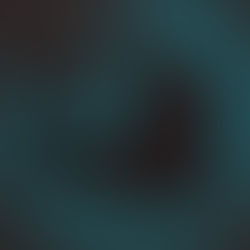Learner Engagement in eLearning
When designing and developing eLearning one of the most important things to consider is how you keep your learners engaged and interested in the content you are trying to teach them. Technology has allowed us to create training that is far more flexible than it use to be, in the past a if a learner wanted to learn something new they would typically have to go to a classroom session or learn from a book. With eLearning training is more accessible to people than ever, however, this doesn’t mean that your learners will automatically be engaged and invested in the training you are providing. Increasing learner engagement is crucial when developing eLearning as it can be the difference between a learner becoming frustrated and giving up on your course and a learner that is engaged and enjoys what they are learning.
Below are some things you can do to increase learner engagement in your eLearning.
1. Images
Images can be one of the most powerful assets you can use in your eLearning to increase learner engagement. When explaining a new concept to a learner it may be hard for them to visualise what you are trying to teach them. Using a diagram or illustration of what you are teaching can help learners visually see what you are explaining, this is particularly useful when discussing a process or something that has several steps. In addition to this images can also be used to prevent the page looking static, a common type of page in eLearning is to have text on screen that animates in with audio reading out what is being said, even though this is an effective and quick way to create learning content it can also become static, having images that animate in with bullet points can reduce the page becoming stale.
2. Interactivity
This one may seem obvious but adding interactivity to your eLearning can be one way to maintain the learners attention. Interactivity can come in many forms, it can be something as simple as a click and reveal where the learner clicks on a button to make some text appear, but it can also become very complex depending on the needs of your course. For example a drag-and-drop question page can be included to test the learners understanding, in a drag-and-drop type of question the learner must drag answers into particular sections of the page, this requires a level of engagement from the learner to complete the task. Taking this one step further gamification elements can be added including things like branching scenarios, avatars and levels, however choosing to do this will depend on the needs of your eLearning and the amount of time you have.
3. Microlearning
The concept of microlearning involves breaking up learning content into small bite sized pieces that the learner can take. In microlearning learning content is broken up into smaller modules which are taken by the learner, the benefit of microlearning is that it is easier for the learner to take a module, digest what they have learned and move on. This contrasts with traditional classroom training where the learner will sit in a classroom or several hours and learn via a lecture. Learners are more demanding then ever and are expecting to be able to take eLearning on their laptop, tablet or smartphone while on the go. Microlearning can help to facilitate this as learners will be able to launch and complete eLearning modules in a shorter time and at a time that is more convenient for them.
#learnerengagementinelearning #engaginglearners #imagesineLearning #microlearning #interactivityinelearning
#customeLearningdevelopment #eLearningcustomdevelopmentsolutions #torontoelearningcompany #customelearningandtraining #elearningvendortoronto #customelearning #trainingcompanytoronto #torontoelearning #elearning #toronto #elearningcompany #elearningvendor #torontoelearningvendor























Comments